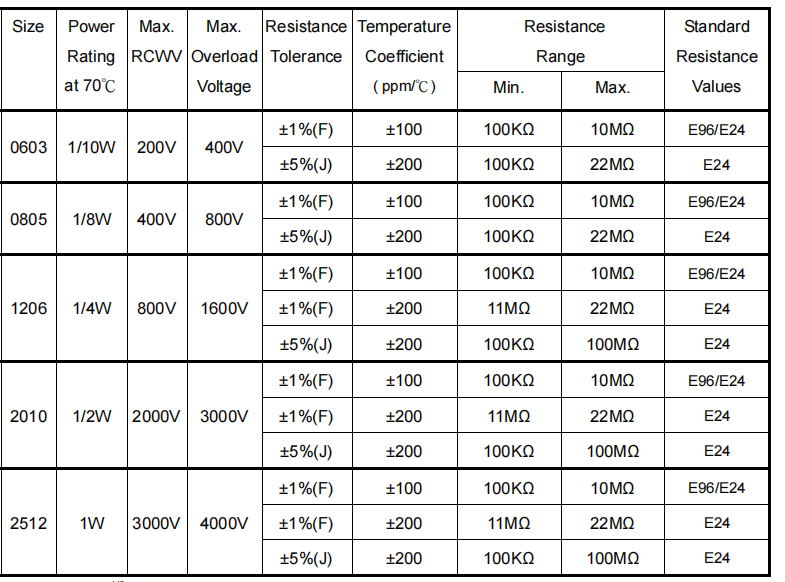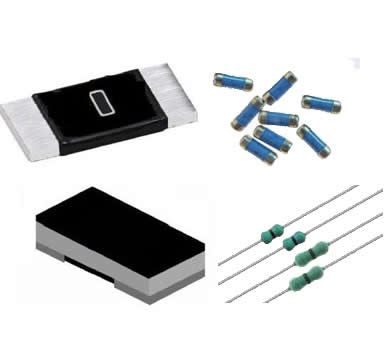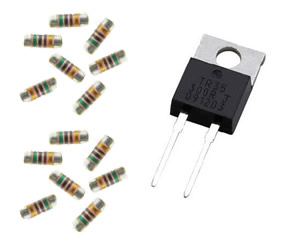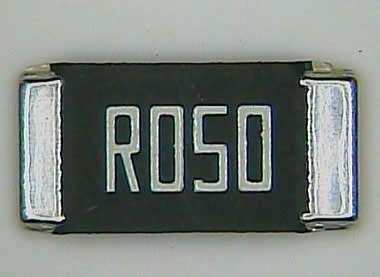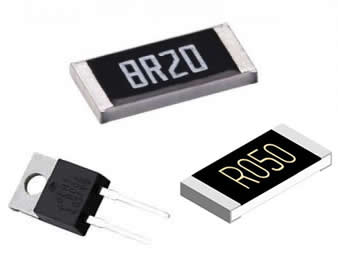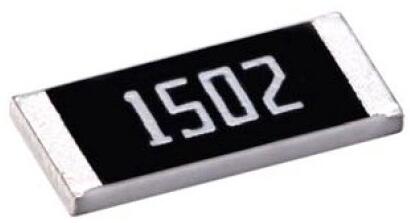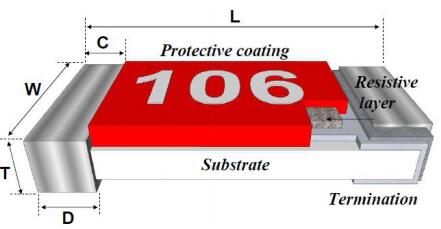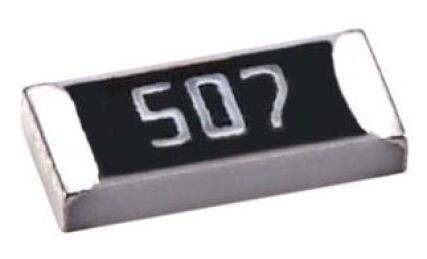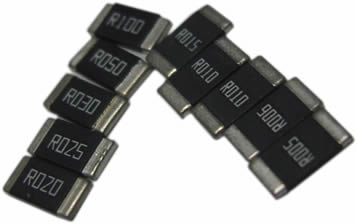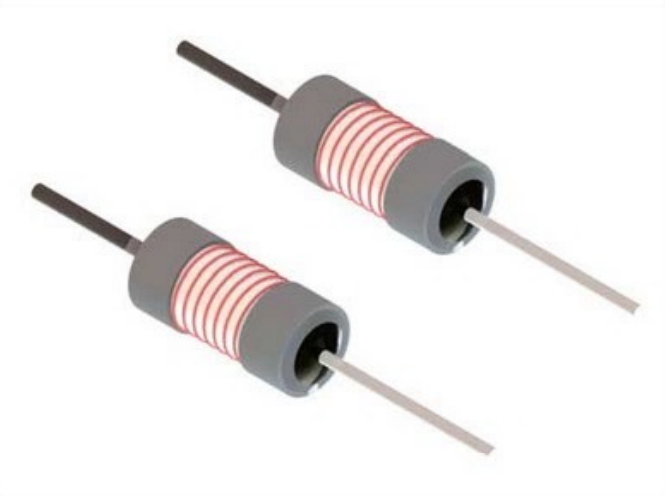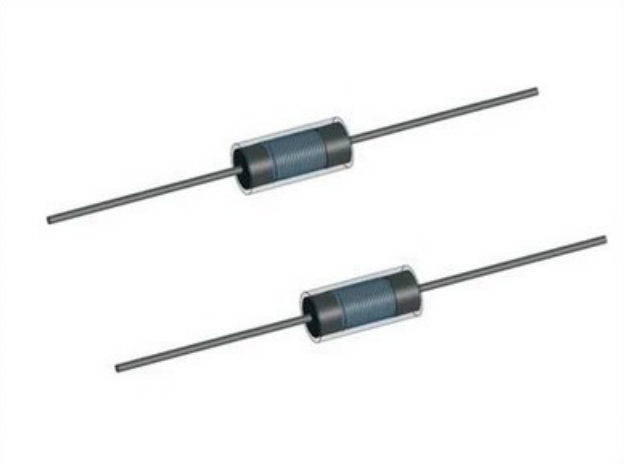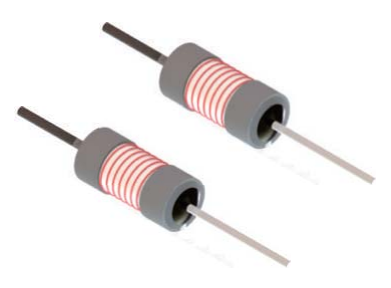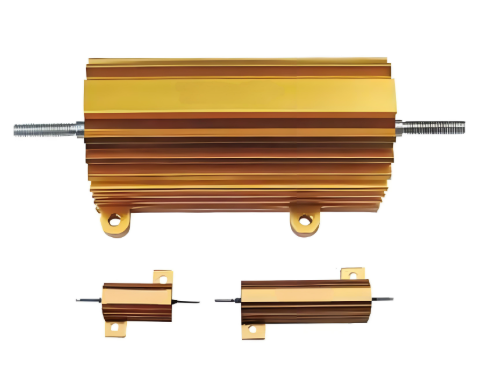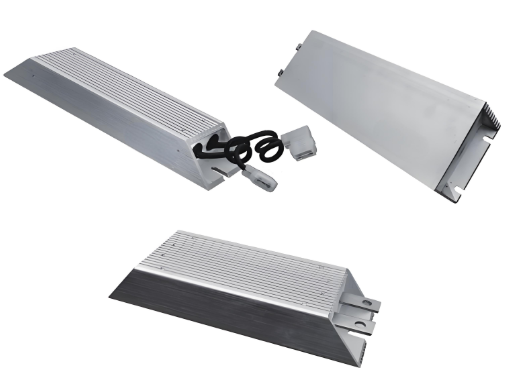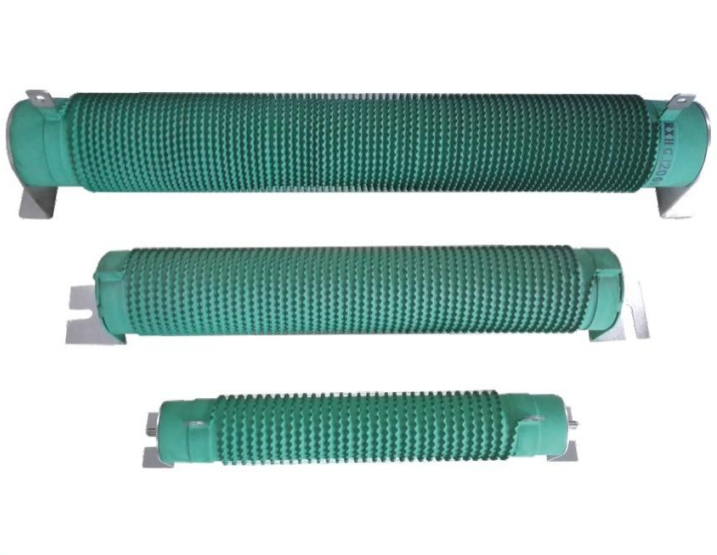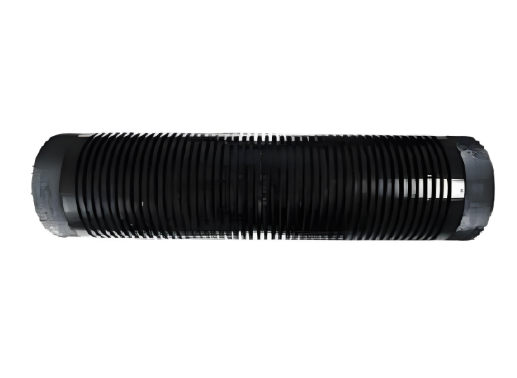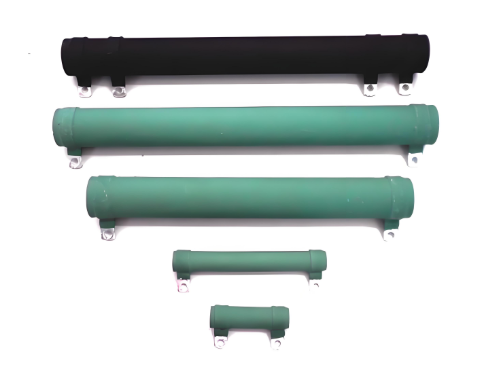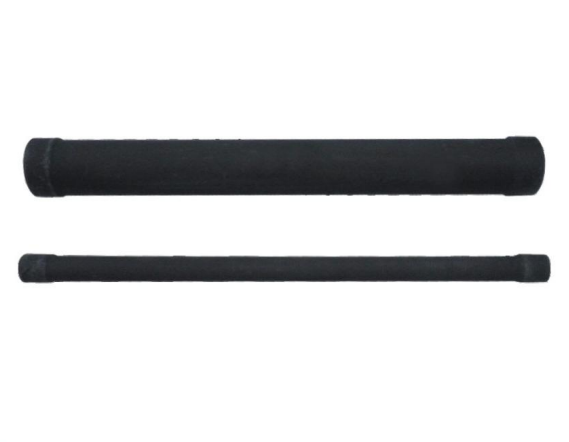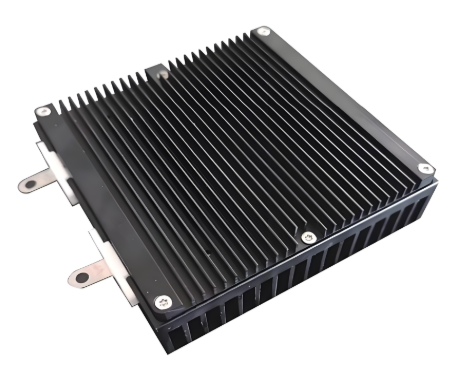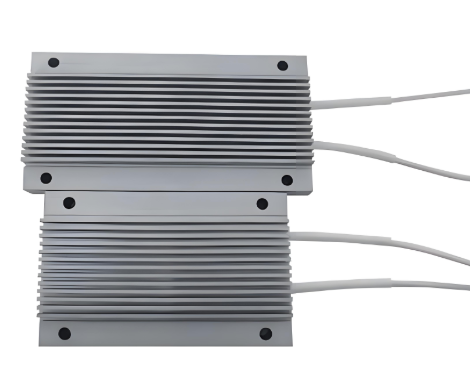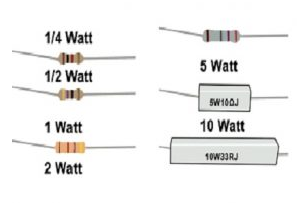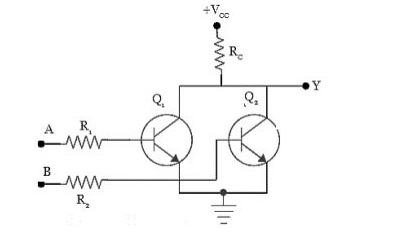-
How to Choose the Right High-Voltage Safety Resistor for Your Circuit
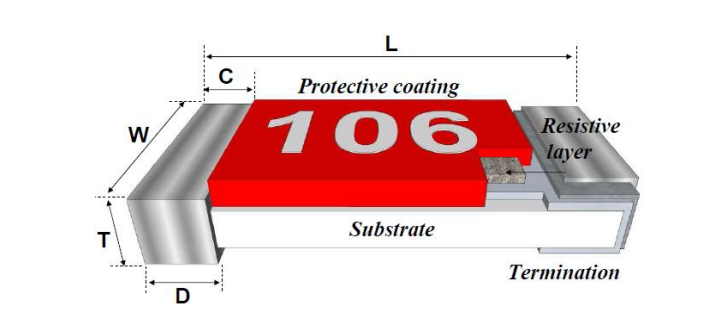
<!-- Introduction -->IntroductionHigh-voltage safety resistors are critical components in electrical circuits, ensuring protection against overvoltage, surges, and potential failures. Choosing the rig...
-
High Voltage Resistors: Working Principle, Applications, Safety Tips & How to Choose the Right One

<!-- Introduction -->IntroductionHigh voltage resistors are critical components in circuits requiring precise voltage control under extreme electrical stress. Understanding their working principle, ap...
-
High Voltage vs Standard Resistors: Voltage Ratings, Materials & Safety Compared
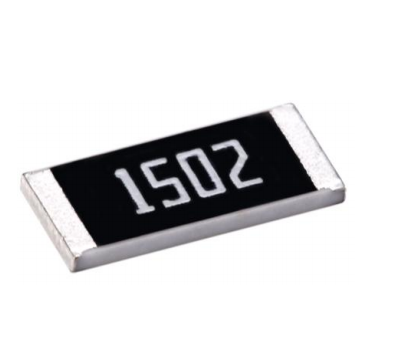
IntroductionWhen designing electronic circuits, engineers often face the critical choice between high voltage resistors and standard resistors. While both components regulate current flow, their diffe...
-
Ensuring Charger Safety: The Critical Role of Safety Resistors in Modern Power Systems
![]()
IntroductionIn today's fast-paced world, the safety and reliability of electronic devices are paramount. Chargers, as essential components of modern power systems, play a crucial role in ensuring ...
-
Maximizing High - Voltage Circuit Performance with High - Voltage Resistors

IntroductionHigh - voltage circuits are crucial in various applications such as power grids, industrial machinery, and advanced electronics. However, these circuits often face challenges like voltage ...
-
What Does a Safety Resistor Do?
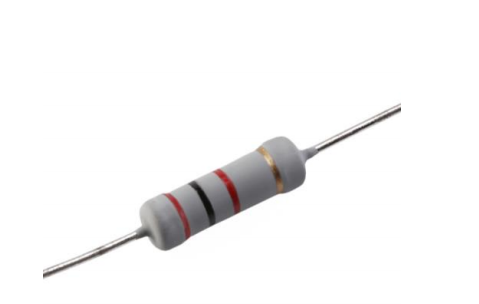
What Does a Safety Resistor Do Key Functions and Protection MechanismsIntroduction: Safety resistors play a critical role in electronic circuit protection, but many engineers misunderstand their full ...
-
50kV High Voltage Resistors: Technical Specs, Industrial Use Cases & How to Choose the Right One for Power Grids, Test Labs & Renewable Systems

Technical Specifications of 50kV High Voltage Resistors50kV resistors must withstand high electrical stress while maintaining precision. Below are critical parameters to evaluate for reliability in de...
-
How to Choose the Right Milliohm Resistor for Lithium-Ion Battery Monitoring
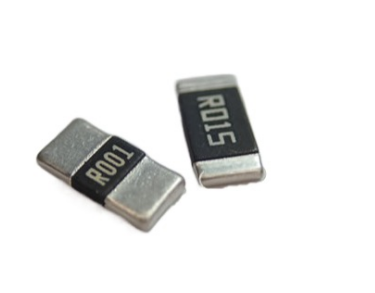
How to Choose the Right Milliohm Resistor for Lithium-Ion Battery MonitoringWhy Milliohm Resistors Matter in Li-Ion BMSIn lithium-ion battery management systems (BMS), milliohm resistors (typically 1m...
-
How to Choose a Milliohm Resistor for High-Accuracy Current Sensing
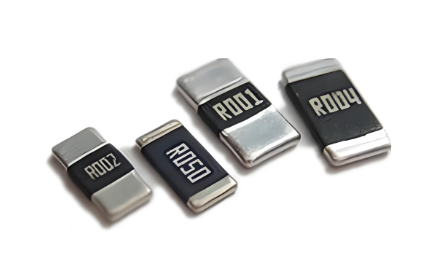
How to Choose a Milliohm Resistor for High-Accuracy Current SensingIn precision current sensing applications - from battery management systems (BMS) to motor control - milliohm shunt resistors play a ...
-
Alloy Resistor: High - Precision Component for Stable Circuit Performance
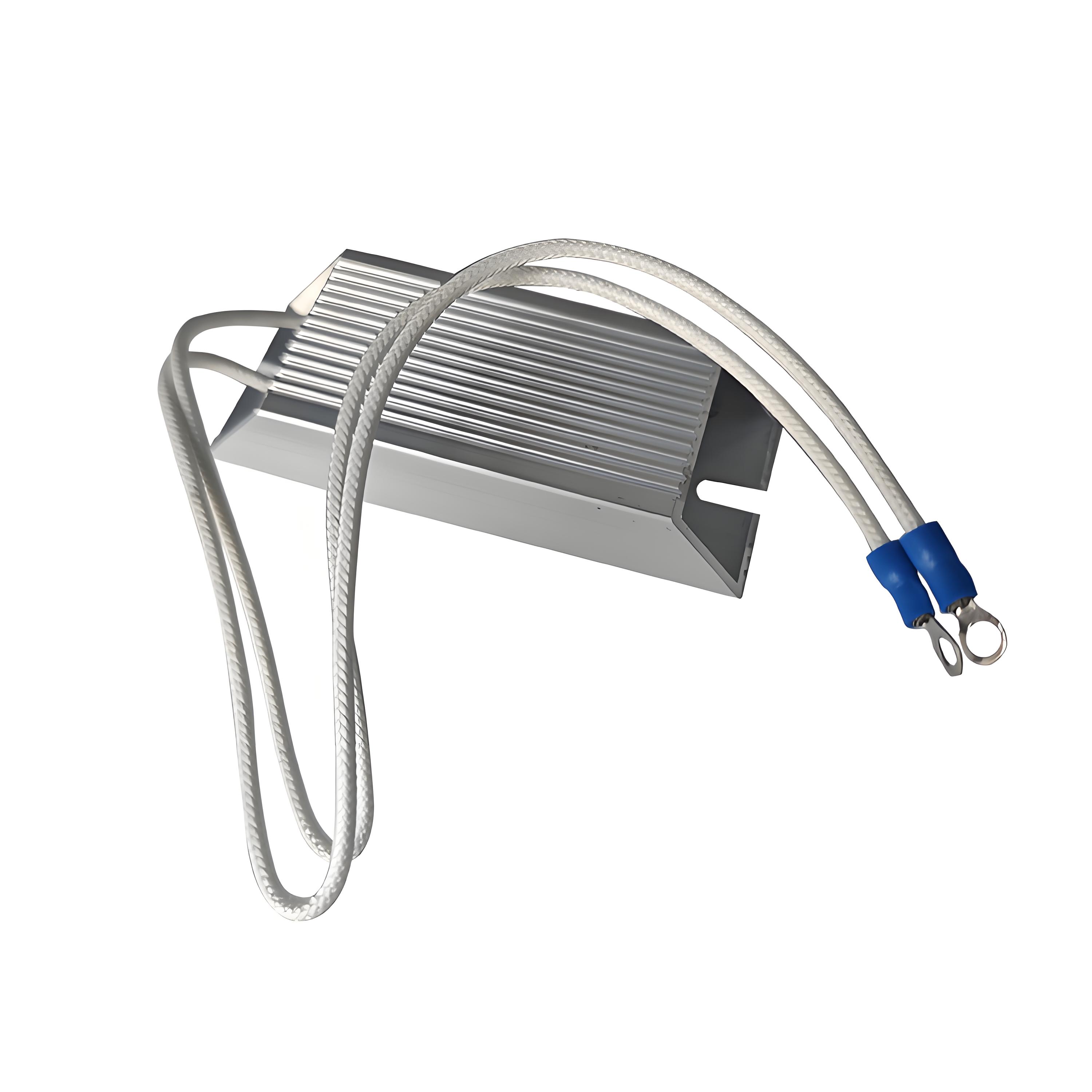
IntroductionIn the pursuit of electronic circuit excellence, precision and stability are paramount. Alloy resistors, with their superior characteristics, have become indispensable in achieving these g...
-
The Critical Role of Lead-Free Resistor Tolerance in Modern Electronics and How to Choose the Right One

The Critical Role of Lead-Free Resistor Tolerance in Modern Electronics and How to Choose the Right OneResistors, often considered the workhorses of electronic circuits, are tasked with the critical j...
-
High Pulse Resistance Surge Resistor: The Ultimate Guide for Reliable Circuit Protection
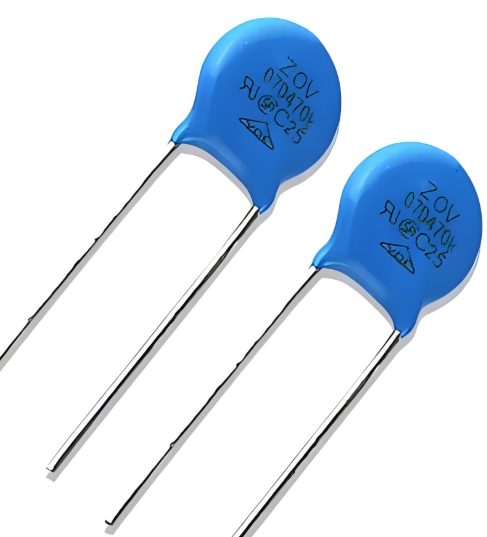
IntroductionIn the realm of electronics, the reliability and safety of circuits are paramount. Voltage spikes and transient events can wreak havoc on sensitive components, leading to costly repairs an...
-
How to Choose Alloy Resistors for High - Reliability Electronic Systems

IntroductionIn high-reliability electronic systems, the selection of components is critical to ensuring consistent performance and longevity. Alloy resistors, with their superior characteristics, are ...
-
Why Use Low TCR Resistors? The Key to Stable Circuit Performance
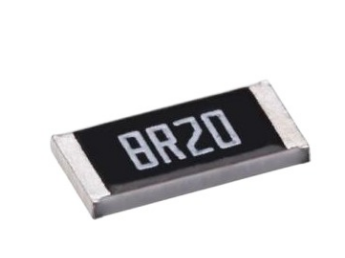
Why Use Low TCR Resistors The Key to Stable Circuit PerformanceIn electronic design, a resistor's value is often considered a constant. However, this is a simplification that can lead to significa...
-
Through-Hole Precision Resistors: Key Components for Reliable Circuit Design
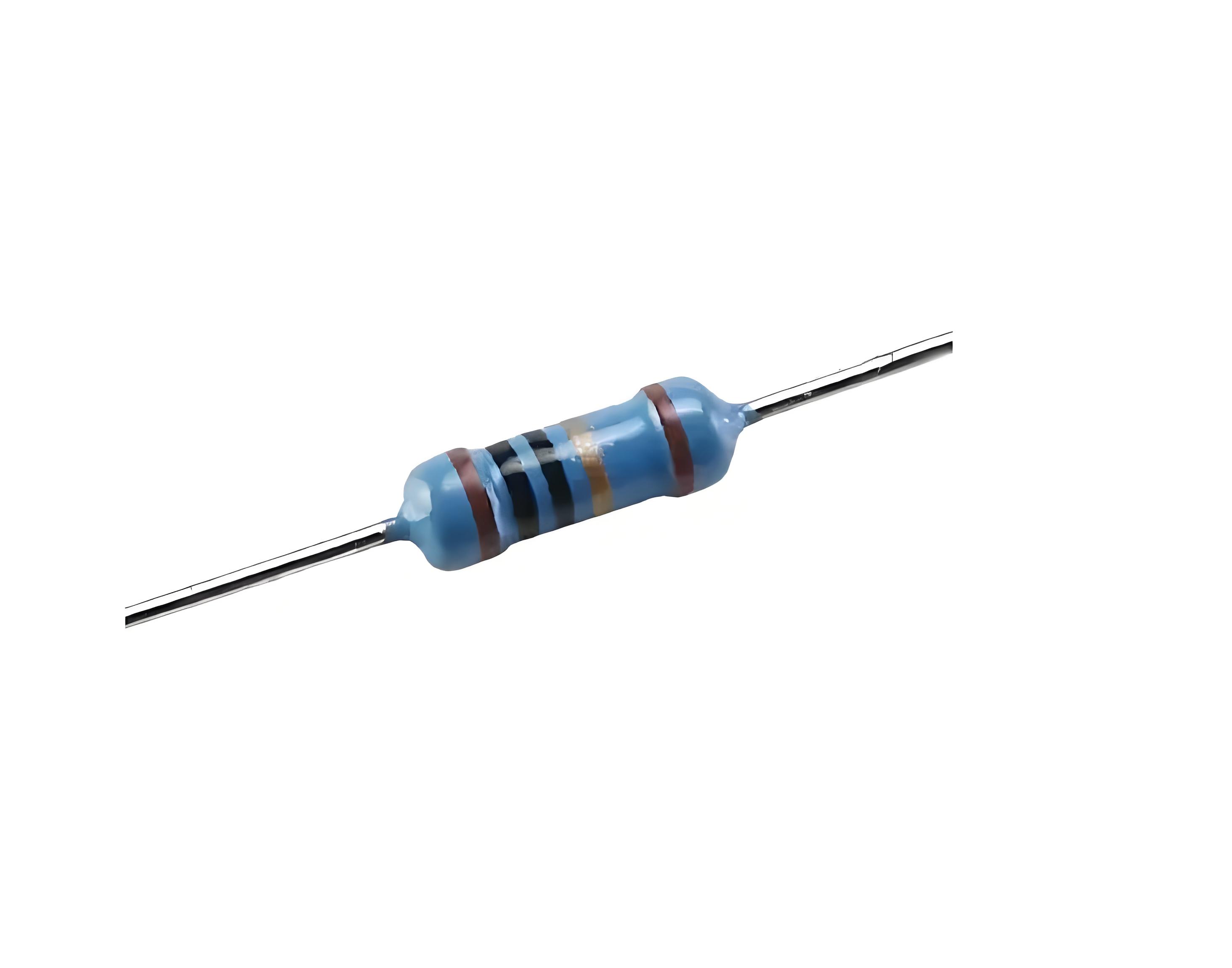
IntroductionIn the intricate world of electronics, the reliability of a circuit design is paramount. Among the myriad components that contribute to this reliability, through-hole precision resistors s...
-
Precision Resistors Stability: How Temperature Coefficient and Environmental Factors Impact Circuit Performance and Longevity”

IntroductionPrecision resistors are essential components in a wide range of electronic circuits, from precision measurement devices to high-performance signal processing systems. The stability of thes...
-
Optimizing RF Prototypes: The Critical Role of Jumper Resistors in High-Frequency Circuit Design and Testing

IntroductionIn the realm of high-frequency circuit design and testing, optimizing RF prototypes is crucial for achieving optimal performance and reliability. One often overlooked yet essential compone...
-
Carbon Disc vs Carbon Composition Resistors: Noise, Power Handling & Which to Choose for Audio/Power Circuits
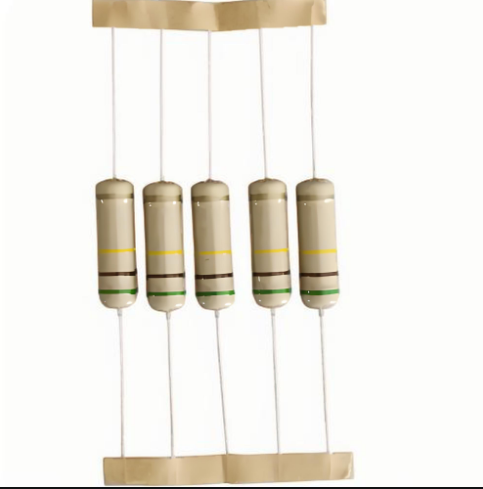
Carbon disc and carbon composition resistors are both legacy components valued for their low cost and organic material composition, but their differences in noise, power handling, and stability make t...
-
High Voltage Resistor Stability: Ensuring Long - Term Performance in High - Voltage Applications

High Voltage Resistor Stability: Ensuring Long - Term Performance in High - Voltage ApplicationsIn high - voltage applications, the stability of resistors is crucial for the reliable operation of elec...
-
What is a High Voltage Cylindrical Resistor?
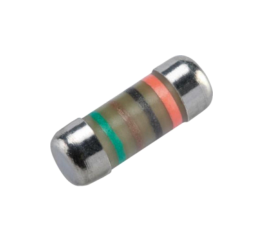
Introduction: Why the High Voltage Cylindrical Resistor Deserves Your AttentionWhen engineers search for a high voltage cylindrical resistor they are usually facing one of two headaches: extreme volta...
-
Ensuring Charger Safety: The Critical Role of Safety Resistors in Modern Power Systems
![]()
IntroductionIn today's fast-paced world, the safety and reliability of electronic devices are paramount. Chargers, as essential components of modern power systems, play a crucial role in ensuring ...
-
How to Choose the Right High-Voltage Safety Resistor for Your Circuit

<!-- Introduction -->IntroductionHigh-voltage safety resistors are critical components in electrical circuits, ensuring protection against overvoltage, surges, and potential failures. Choosing the rig...
-
What Does a Safety Resistor Do?

What Does a Safety Resistor Do Key Functions and Protection MechanismsIntroduction: Safety resistors play a critical role in electronic circuit protection, but many engineers misunderstand their full ...


